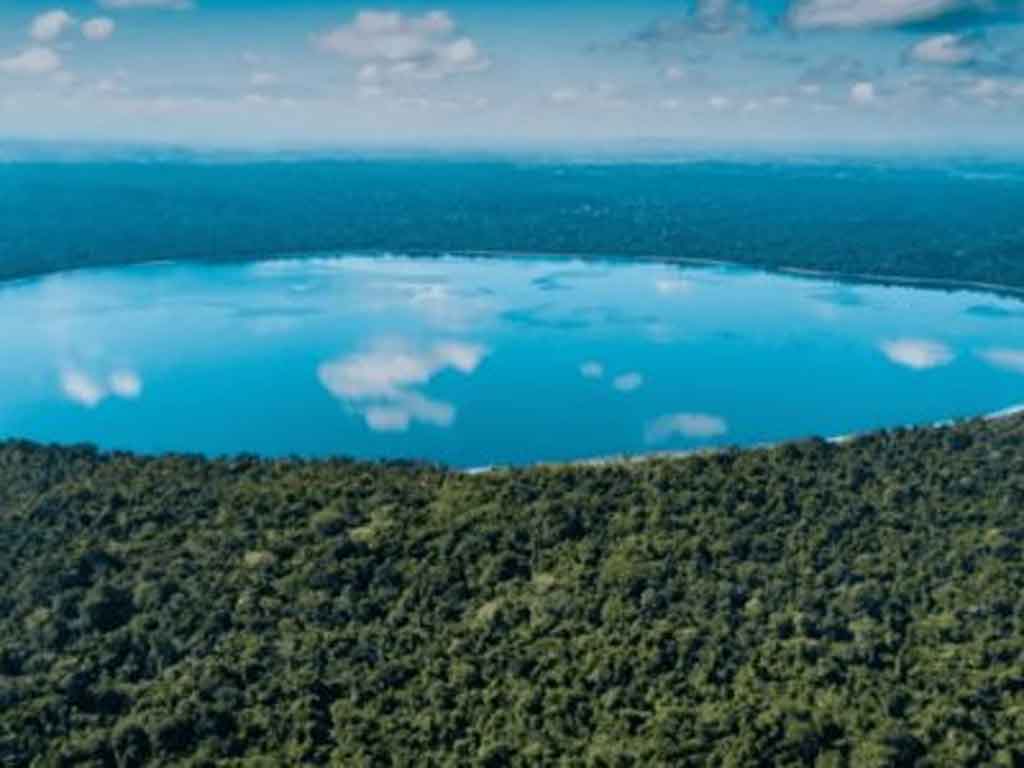The scientific journal revealed that if lake temperatures permanently exceed natural bounds, a situation known as “non-analogue conditions” will occur.
To reach these conclusions, international experts used lake temperature data simulated by a state-of-the-art climate computer model (Community Earth System Model, version 2) covering the period from 1850 to 2100 CE to capture the dynamics and thermodynamics of lake systems in an integrated way with the atmosphere.
The scientists also used an ensemble of 100 past-to-future simulations, which were run on one of South Korea’s fastest computers, Aleph at the IBS Institute for Basic Science.
Using both techniques, they could generate a different realization of natural climate variability while also responding to the anthropogenic warming effects of increasing greenhouse gas concentrations.
In this way, the team could separate the range of naturally occurring lake temperature variations from those caused by human interference.
This allowed them for the first time to estimate the time when lake temperatures will permanently exceed natural bounds.
ef/iff/mem/cdg









